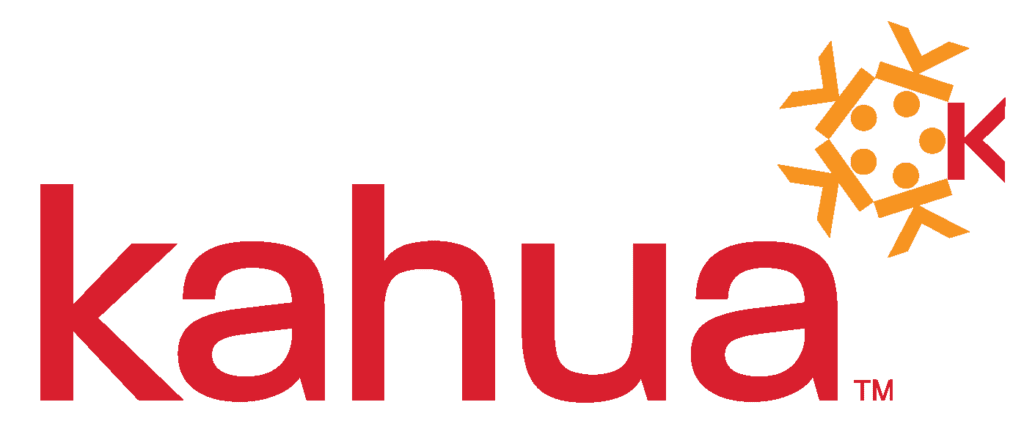Solving for Different Contract Types in Your Project Management Software
Contract Flexibility Is Reshaping Public Owners' Capabilities
Have you seen more IDIQ contracts recently? You aren’t imagining things. Traditional procurement methods can take 6-9 months, and alternative delivery IDIQ (Indefinite Delivery, Indefinite Quantity) contracts can reduce that time to as little as one month. Major agencies, like Sound Transit and Los Angeles World Airports (LAWA), revealed the use of the MATOC to solve traditional procurement problems.
Traditional or Alternative Delivery?
What is a MATOC (Multiple Award Task Order Contract), and how does it help?
Below is a graphic showing common contract types and their differences:

State and local governments are increasingly using IDIQ contracts to speed up procurement for ongoing or repeatable work, like environmental, design, project management and construction management.
Common types of IDIQ contracts include On-Call, Job Order Contracting (JOC) and MATOC. The RFQ(request for qualification) or RFTOP (request for task order proposal) is essential for maintaining federal and state requirements but also enable fair competition.
Efficiencies gained from this movement are immediately recognized as valuable. Efforts are streamlined and a diverse bench means better competition for getting the most qualified resources quickly.
Work that traditionally delayed procurements is moved up front with a systemized and templatized process, which eliminates the need to constantly spend significant time on each individual procurement.
Challenges of Alternative Delivery
Challenges of moving into these new procurements are real for public agencies because of the cross-departmental nature of major capital projects.
Boards need to agree to change up from old methods and efforts to get legal, finance, environmental, risk and other departments aligned takes time. IDIQ contracts offer flexibility and save time, but they also create new challenges for project management systems that are used to managing contracts a certain way.
In addition, legacy project management systems often fix the contract relationship at the project level, or just at the agency level, and many of these contracts can have a program relationship or even be used by other projects and/or agencies.
You shouldn’t have to force your team to adopt rigid parameters. But many legacy project management systems were not built to fit the wide variety of capitol project needs today.
Public owners need smarter, more flexible ways to manage programs that match the pace and complexity of today’s contracts.
You Need a Flexible Project Management Tool to Manage Capitol Projects Today
A construction Project Management Information System (PMIS) should be flexible enough to fit your teams’ and subcontractors’ unique workflows, AND make managing your contracts and programs easier.
Flexibility is critical.
Contracts aren’t one-size-fits-all
Whether you’re using IDIQ, MATOC, RFTOP, or traditional agreements, your system should support them all, without needing custom workarounds or extra tools. Modern project management systems use low code and flexible portfolio hierarchies to allow for contracts to be placed anywhere in programs or projects.
Each company works differently
You know that even within a single department or field team, workflows can be inconsistent. A flexible PMIS lets you customize fields, forms, approvals and processes to match how your team actually works.
Projects change and your system should, too
Budgets change. Requirements evolve. And regulations are updated all the time. It’s almost impossible to keep important guardrails updated in a rigid system, where you have to hunt for information in multiple places.
Better fit = better adoption
Your teams won’t use a system that doesn’t make sense for their day-to-day work. Flexibility helps your people actually use the system consistently.
When your PMIS reflects your contract structure and task order flow, reporting becomes clearer and compliance is easier to manage. So when an RFI or audit request comes along, you can easily pull a complete report (and trust the data).
Kahua + Kvolve: Better Together
Kahua’s flexible, modern project management platform is built for capital programs. It supports a range of contract types and is made for infinite customization for construction workflows (or out-of-the-box templates to get started immediately).
Kahua's CMMC-aligned platform makes it easier to manage funding, compliance, and handover all in one place.
Kvolve helps public sector teams get the most out of that flexibility. With extensive experience in government contracting and program management, Kvolve brings hands-on support to map processes, configure your system and train your users.
Together, Kahua and Kvolve offer:
-
Fast, tailored implementations
-
Real-world support for IDIQ, MATOC, and other complex contracts
-
High adoption through intuitive, well-aligned workflows
-
A system that evolves with your needs—not against them
If your team is juggling multiple contracts, growing programs, or aging systems, we can help you build a PMIS that works the way you do.


